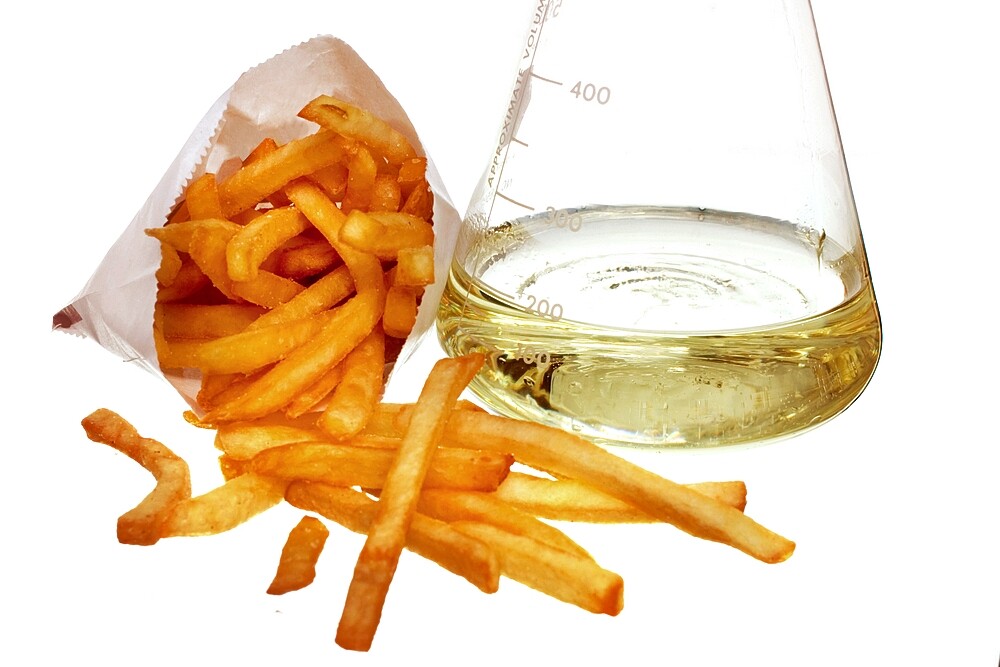Trans fats can greatly increase the risk of cardiovascular disease. Here you can find out everything about trans fats and what foods contain them.
Risk to the heart: What are trans fats?
Trans fats, also known as trans fatty acids, are hardened fats that are produced when oils are industrially hardened or unsaturated fatty acids are heated strongly for a long time. Our body cannot process trans fats – they settle on our cell walls and nerves, for example, and disrupt their function. This is why they are considered extremely unhealthy for the cardiovascular system. They also increase the “bad” LDL cholesterol, which in turn promotes vascular calcification. Trans fats are found in a variety of foods, for example in various baked goods and fast food.
What do trans fats do in the body?
The dangerous fatty acids promote the occlusion of the coronary and brain vessels and can therefore lead to the following damages in the body:
- Arteriosclerosis
- Stroke
- Heart attack
- Increase in “bad” LDL cholesterol
- Reduction of the “good” HDL cholesterol
The World Health Organization (WHO) attributes 500,000 deaths per year from cardiovascular diseases to trans fats. The WHO recommends that trans fats cover no more than one percent of daily calorie requirements. Studies show that this value is more likely to be exceeded by people on low incomes and students aged between 18 and 30 years.
Why are trans fats contained in so many foods?
Trans fats are mainly used in vegetable fats, by which, for example, liquid fat can be converted into cooking fat. This technique is very widespread because it is not only cost-effective, but also ensures that products have a longer shelf life and are easier to spread. It is interesting to note that trans fats are already prohibited in the USA, unlike in Germany. Manufacturers still have a transitional period of three years until trans fatty acids can no longer be contained in food.
The EU could only now agree on binding upper limits: From April 2021 onwards, all products may only contain a maximum of two percent trans fats. For comparison: anyone who consumes 2000 calories a day should not consume more than 2.2 grams of trans fats a day. Until the regulation becomes effective, consumers must help themselves and pay attention to packaging information such as “hydrogenated fats”. However, the information does not say anything about how many trans fats are actually contained in the respective product.
Which foods contain trans fats?
However, there is then an orientation for consumers – many foods that would be classified as unhealthy anyway have a high content of trans fatty acids. To it count:
- Fast food, e.g. burgers, chips, pizza, generally everything fried
- Bakery products, e.g. biscuits, cakes, croissants, waffles
- Ready-made soups and sauces
- Snacks, such as chips
- Margarine
How can I avoid the trans fats?
Fortunately, no one will have to give up cake, pizza and the like completely until 2021. But if you want to take care of your diet (and thus your health), it’s best to prepare the appropriate food yourself. For baking and frying, heat-resistant fats are suitable, which are marked with the words “without hydrogenated fats”. If you want to fry or cook meat, you should use vegetable oils or coconut oil specifically designated as frying oil. Rapeseed, sunflower and olive oil can also be used if you keep a close eye on them: If smoke rises from the pan, the harmful fats are formed.

